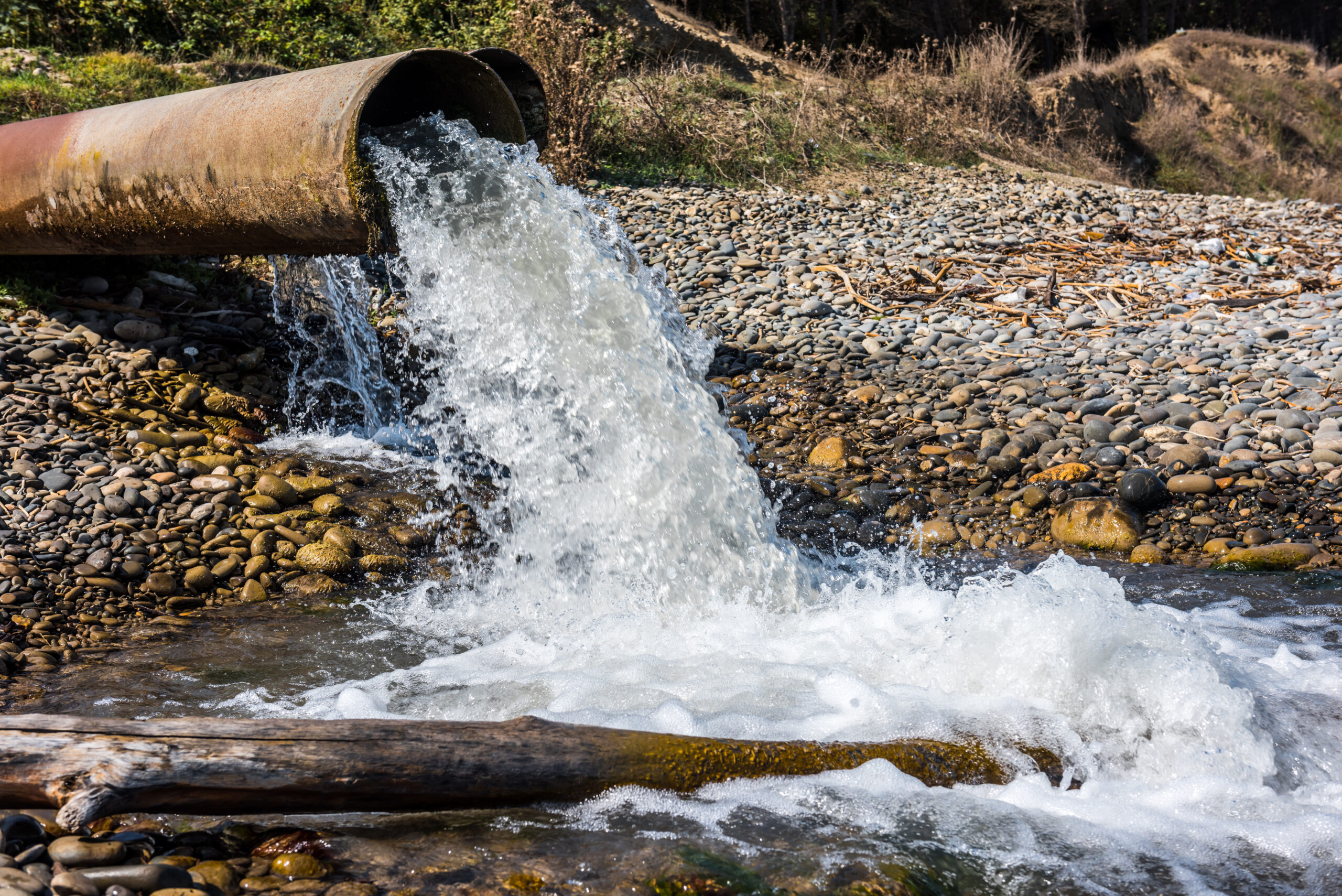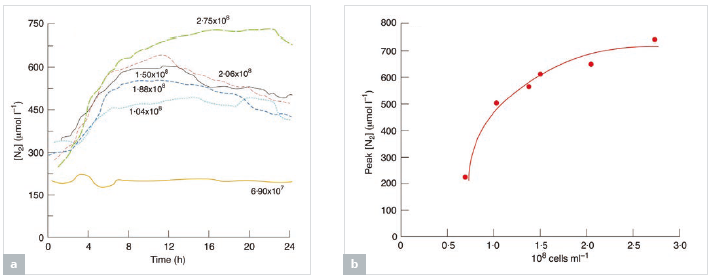Denitrification Studies

Real-time analysis of bacterial respiration in anoxic environments
At Hiden Analytical, we offer a MIMS method for simultaneously monitoring the consumption and production of gases involved in denitrification with the HPR-40 DSA Mass Spectrometer.
Related Products
At Hiden Analytical, we offer a MIMS method for simultaneously monitoring the consumption and production of gases involved in denitrification. Our method varies the concentrations of carbon, denitrifying bacteria, and nitrate/nitrite in sterile lake water microcosms to demonstrate how the dynamics of the denitrification pathway under nutrient-limited conditions are different from those found in a nutrient-rich medium.
Our MIMS method enables continuous real-time measurement of gases, enabling the investigation of the dynamics of the process. Our study identified that concentrations of 17 mmol/L nitrate and 10 mmol/L nitrite were optimal for denitrification under nutrient-limited conditions. Moreover, available carbon was the major rate-limiting factor in lakewater when nitrate or nitrite was present. No stratification of the process with depth was observed, and aerobic denitrification was apparent under all the conditions employed.

Figure 3 (a & b): Data showing denitrifi cation by Pseudomonas stutzerl in a sterile lake water microcosm supplements with succinate and nitrate.
Our study results provide a better understanding of how process conditions affect the rate of denitrification. We aim to improve wastewater treatment methods and reduce the leaking of harmful gases into the atmosphere through our MIMS method. Contact us today to learn more about our denitrification studies and how we can help improve your wastewater treatment methods.
Dissolved Species Analysis Applications
Sampling Inlets for Hiden Mass Spectrometers: Gas, Vapour and Liquid Sampling Systems
Solutions for Dissolved Gas Analysis in Swimming Pools
Membrane Inlet Mass Spectrometry (MIMS)
pQA – Portable MIMS Quadrupole Analyser
Real-Time Continuous Analysis for Denitrification Studies
Detection of Nitric Oxide with a Hiden Mass Spectrometer
Gas Analyser for Measuring Dissolved Gases in Groundwater
Fermentation Process Monitoring with Off-Gas and Dissolved Gas Analysis
Pollutant Monitoring in Rivers
How the Portable Quadrupole Analyser (pQA) Can Be Used in Climate Change Studies

